BIPOC LENSES
ISSUE 8


ISSUE 8

Happy New Year! Welcome to the first BIPOC Lenses of the semester. I am incredibly thankful to be publishing for the four semesters. This winter term, I got to do something I haven't done in a long time -Rest. I spent the six weeks watching television and hanging out with my family. It allowed me to recover from the ever-present burnout that follows most of us and think about BIPOC Lenses and how far it has come in the last couple of semesters. During this reflection, I recognized how much BIPOC has improved in design, photography, and ideas. I thank so many people for this improvement and hope to continue working with them for a long time. This new year, I hope to focus on helping people share their stories and promoting age and knowledge. Please always contact me if you have a story or work you would like to tell. We will figure it out even if you don't want to write -- I love interviews. I want each BIPOC Lenses issue to showcase the wonderful people on this campus and POC communities worldwide.
So please reach out!

Editor-In-Chief
Nikki Keating
Manager
Ella Powell
Treasurer
Arya Menon
Writers
Students for a Free Palestine
Mia Brito
Yoyo Scott
Morgan Saunders Artists
Marley Howard
Mufalo Mufalo
Models
Graciela Fernandez
Nova Gomez
Amelie Fournier
Nimala Sivakumar
Photographer
Serafina Yan
@serafina luvs cats
This photo shoot is dedicated to highlighting and creating space for students of color on campus. The models in this issue worked to take collaborative photos together. This issue and photoshoot represent only a fraction of POC students at Oberlin. Instead, this photoshoot is dedicated to showcasing some of our amazing students on campus.



BIPOC Lenses stands with Palestinians in their fight for liberation and opposes the actions of the current U S administration and the Israeli assault on Gaza Until further notice each issue published will contain resources and information focusing on Palestine
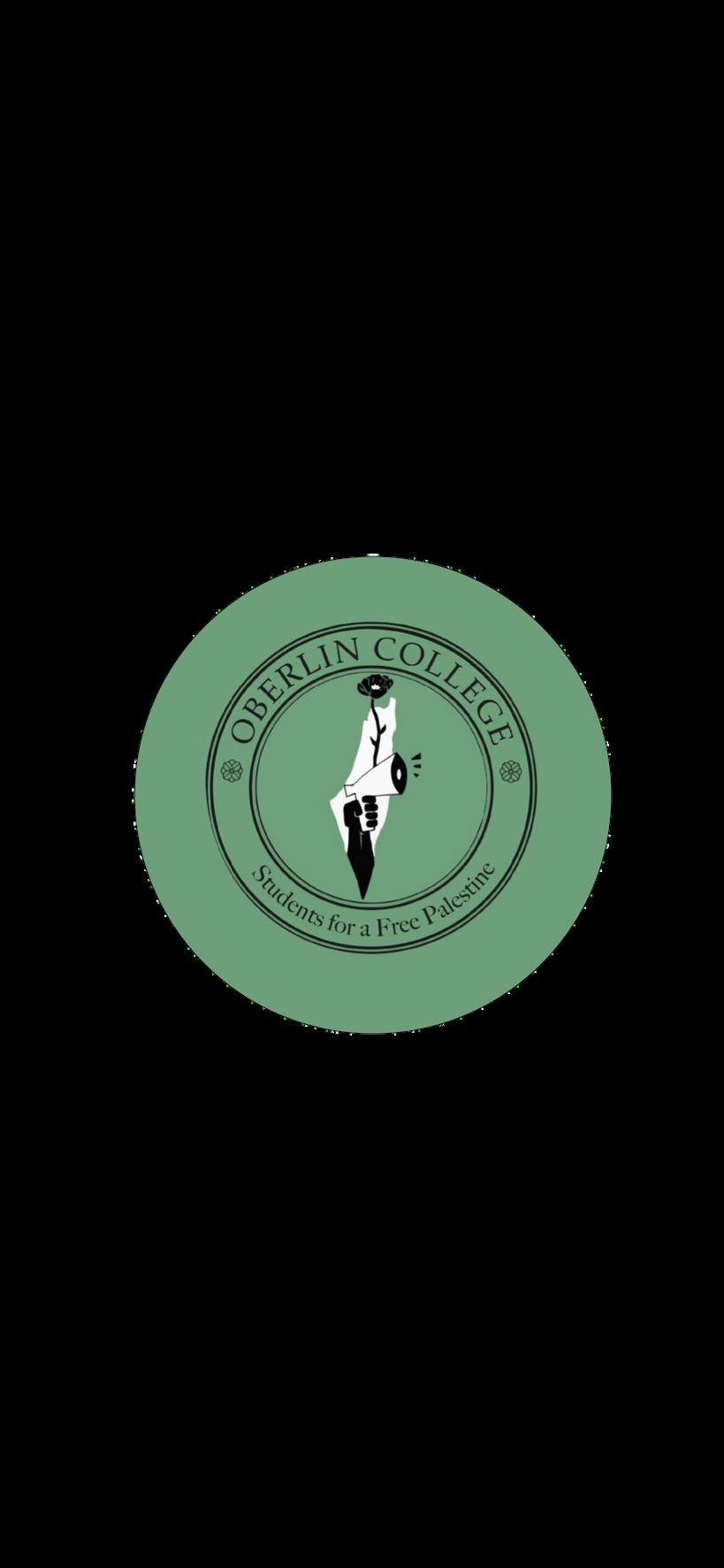
Thirty-three years ago, Nelson Mand entify with the PLO [Palestine Liberation Organization] because just like ourselves t determination.” Like Mandela and the African National Congress, now heroes of the enous South Africans, the PLO was once designated a terrorist organization by the United States. For reasons that lie in the deeply troubled and immensely bloody geopolitical histories of both Israel and the United States, it should be noted that for either state to designate an entity as a terrorist organization is flagrantly hypocritical, and serves only to push the interests of the state in question.
Israel’s blatant mistreatment of Palestinian civilians, in complete defiance of international law, would be unacceptable to anyone who saw the reality of the situation. But when opposition to Israeli oppression is labeled terrorism, and criticism of Israel’s prerogative to break international law without consequences labeled hate speech, that historical mistreatment of Palestinians is justified in Western media and Western minds Of course, for Israel, any Palestinian is a potential terrorist
Like the United States, Israel views Arabs and Muslims as an ever-ticking time bomb – always capable of the kind of violence that necessitates the flattening of buildings and destruction of families in retaliation We are in the midst of exactly that kind of Israeli retaliation
Palestinian resistance is considered dangerous to Israel no matter the form it takes Peaceful protest, like the Boycott, Divest, Sanction Movement, is criticized as antisemitic Armed resistance is unacceptable, it is savage, it is the proof that Israel utilizes unashamedly to justify the continuation of its apartheid regime Palestinians’ very existence is a threat to Israel’s fabricated history, by which it assigns Israeli Jews greater rights to Palestinian land than the Palestinian families who have inhabited it for millennia The continued “war on terror” means bombing children in Gaza, or installing hundreds of obstacles for the movement of Palestinian civilians in the West Bank, including checkpoints, roadblocks, and other physical barriers Palestinians must not be allowed to make a case for themselves, for, if they are, they may end up convincing the world of their humanity
Like any successful colonial project, Israeli existence is built upon fabrications, rewritings of history, and endless erasure Zionist accounts of early Jewish immigration to Palestine describe the land as neglected, essentially empty, and in need of redemption The lie that Zionists “made the desert bloom” is not only incorrect, it also further cements the condescending Western view of “the Orient” as the remnants of a once great civilization, which the present-day locals are incapable of preserving correctly As with Britain in Egypt, the task of redemption in Palestine fell to Zionist colonizers, who had a special connection to the land because of their ancestral ties to its material history Palestinian material culture has been vastly underrepresented in the far more politically fruitful endeavor of remembering only the Jewish and Israelite sections of Palestine’s past Furthermore, official state history leaves out the reality of the Nakba, in which the then-aspiring state of Israel intentionally cleansed Palestine of half its indigenous population. This was not a flight, not a willing exit of Palestinians from their homes – it was an expulsion carried out by terrorism and the use, or threat, of physical force. Plan Dalet laid the blueprint for widespread terror and destruction in order to capture Palestine from the hands of Palestinians –though British colonialism meant they never really held it in the first place.
Israel has followed in the footsteps of the great settler colonial powers: Canada, the United States, and Australia. It matches all the criteria to be classified as a settler colony, and it is employing the same myths that other settler colonial states were founded upon (remember Manifest Destiny?) to establish its legitimacy as the sole owner of Palestinian land. The global anticolonial struggle, whether it is to be found in Latin America, Africa, Oceania, or the United States, is also a struggle for the liberation of the Palestinian people. The age of colonialism will not come to an end until Palestine is free, and Palestine will be freed only through anticolonialism. Israel’s status as a settler colony, long understood by academics who study the subject and by other indigenous groups, must be acknowledged before its occupation can be combated effectively. Coexistence is a fine thing to strive toward, but peace will never be legitimate as long as it rests upon a colonial framework. That framework must first be dismantled, and reparations given accordingly. Then, and only then, will either group enjoy true and lasting peace
Use this QR Code to Find your specific state representatives to contact
Palestine Digital Action Toolkit (Palestinian Feminist Collective)
Palestine: Resource and Activism Guide
All the Walls Will Fall: 2023 Palestine Liberation Resource List
The Boycott, Divestment, Sanctions (BDS) movement
Decolonize Palestine
Help Evacuate My Family of 5 From Gaza!
Palestine: A Letter to Our Communities Statement on Justice in Palestine: A Letter to Our Communities at Denison University, Kenyon College, Oberlin College, and the College of Wooster
Sign this petition!
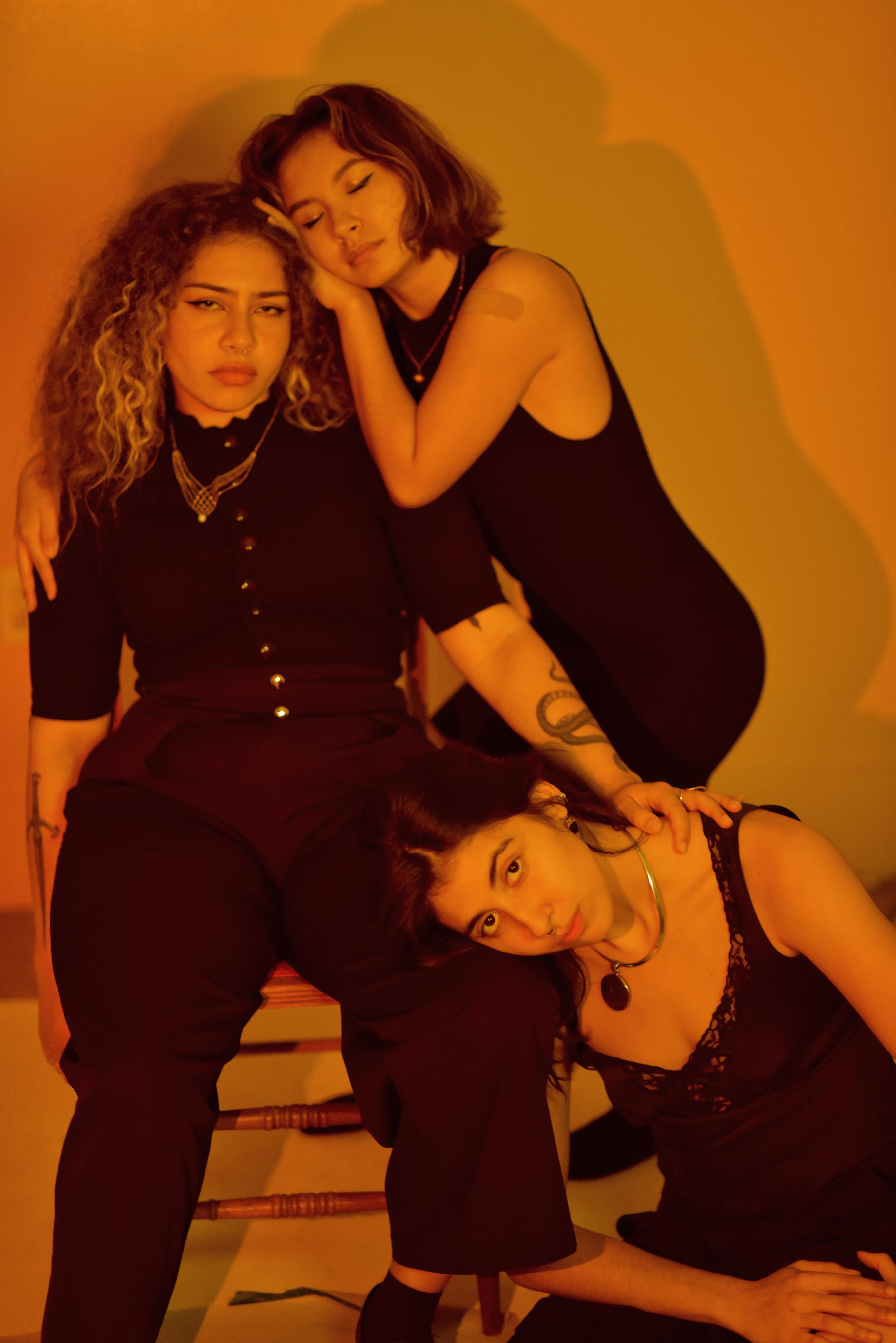



Students have a constitutional right to participate in non-disruptive protests during the school day
This means that school officials cannot retaliate against or discipline student protesters unless the protests cause, or are reasonably expected to cause, the disruption of school events or make it impossible for school officials to maintain order (Student Conduct Policy, pg. 4)
Or statements that school officials disagree with. You cannot be disciplined for the content of your protest alone
You are free to organize and protest off campus. Don’t block access to school. Learn the restrictions on where you can protest on your school’s property.
As long as it isn’t vulgar, likely to disrupt school operations or incite violence and doesn’t encourage illegal drug use.
TIP: Make your goals clear + know your school’s policies Communicate with school officials, clarify your intent to remain peaceful and facilitate a dialogue with those who disagree with you.
*What this really means: The school is COULD to punish you for it
You can’t “encourage unlawful activity,” including illegal drug use.
“Vulgar, offensive or rude” language

What “offensive” means is subjective, but keep in mind that profanity and vulgar imagery have been legally accepted as reasons to shut down student speech.
This is the big one. It’s also subjective and there is no real legal consensus. Know this: Officials can discipline students for substantial disruptions of school activities
All students including international, undocumented, and DACA students may engage in speech, protest, and advocacy about issues important to them BUT If you are arrested, charged, and convicted while participating in a protest, the conviction can affect your immigration status or future visa applications. For example, if the police order everyone to disperse, and you don't leave fast enough, you might get arrested. A conviction will mean that you violated a state or federal law. Your immigration status may depend on keeping a clean record by following all laws.
Stay safe and healthy!
If you decide to make your voice heard, remember COVID-19 and its impact on our community. Continue to follow safety guidelines, including wearing your mask during the demonstration and maintaining at least six feet of distance whenever possible. Also carry hand sanitizer!
TIP: Avoid posting on personal social media during the protest if you want to stay anonymous. It’s also important to protect the privacy of fellow protesters by refraining from posting photos or videos in which others can be identified. If you do want to take some photos, use an app like ObscuraCam (if you’re on Android) to strip metadata and optionally redact faces in photos you take.
Peaceful protest is one of the most effective ways for most of us to have our voices heard. Protest reflects the public feeling underrepresented in politics, especially overlooked or ignored groups. Citizens band together in solidarity to be heard and demand their rights be respected. As students, we must raise awareness to help empower others and our communities.




In my search for a Library and Information Science graduate program I have come across a professor who specializes in social justice within the field In her research of the black information experience LaVerne Gray uses words like “unearth” to demonstrate how historically overlooked communities existed on their own right, rather than how they fit into a preconceived box.
Over the last few years there has been a large interest spike in unearthing the stories and memories of those who came before us, and Gray explains that within minority communities a lot of this newly found interest can be attributed to the racial reawakening many experienced in the wake of 2020. Archives of historically oppressed groups have long been inaccessible to the groups they depict, which is why here I use the word “unearthing” with great intentionality In many cases the information itself is out there, the issue is knowing how to unearth it from the different information troves that store our past. There are not many resources where everyday individuals can learn about their ancestral and/or communal history. This is not to say that those archives do not exist, rather that ones labeled as “official” are often cloaked with a veil of colonialism and oppression In response to this many marginalized groups have had to rely on alternative archives in order to preserve their experiences, both good and bad. Alternative archives, for lack of a better word, can range from oral traditions to the generational trauma inherited by any given individual. Due to this inherent nature of information regarding minority groups, the ways in which we archive information in modern times must make an intentional effort to provide these groups with authority over how their information is preserved
Oberlin has an extensive and impressive collection of records in the archives Our archives hold valuable information regarding the college, conservatory, and city of Oberlin The records held there preserve the story of a variety of different things, but there is one noticeable hole in their inventory. Archiving student life is one of the department’s main objectives, but as I have learned from Oberlin’s College Archivist Ken Grossi, is also a uniquely complicated area in archival work Although our archives staff work hard to combat this, there is a relatively small amount of documentation regarding minority-based student groups (which I will be referring to as affinity groups). This lack of documentation has not been done deliberately by the college or its archival staff, rather it is caused by a larger systemic issue in which Oberlin professional staff and students have not yet found a long term solution for There are upwards of 30 unique and active affinity groups on campus, all with their own reasonings for their lack of preserved records Some groups have expressed being (rightfully) weary of sharing their records with outsiders due to the fear of them being mishandled or displaced, while others feel like taking on the responsibility of record preservation is too much to handle alone This, in addition to student leaders having relatively short terms, create a system that hinders any development of indefinite institutional/historical memory.
In response to this I have spent the last year or so carving out a permanent space on Oberlin’s campus for affinity group records to be held I work at the Multicultural Resource Commons, so my efforts were originally focused on archiving old records that have been uncovered as our office went through its post-shutdown revival I spent last Winter Term developing a sample website for our MRC records, and while
pleased with the work I had produced my main takeaway was that there is a need for archival assistance at Oberlin that stretched beyond the MRC Office My goal now is to bridge the gap between Oberlin Affinity Groups and the College archives in order to create a more established and long lasting relationship between them, which would in turn help cement the histories of minority student groups into the institutional memory of Oberlin
Last spring (2023) I was able to secure two permanent archival spaces for affinity group records One is a digital archive that will house public-facing documentation regarding Oberlin Affinity Groups The digital site has been made possible with immense help from staff members like Ken Grossi, Heath Patten, Michael McFarlin, and more. The information housed on Oberlin’s Digital Commons will showcase special collections regarding the groups, and will additionally house finding aids that outline all the documentation we have regarding a specific group as well as where you can locate those records Additionally, with the assistance of Thom Julian and Scott Hwang, I have been able to secure a fully funded records keeping space where the physical archives of affinity groups can be safely stored. This space will indefinitely be dedicated to affinity records, and is supervised by the MRC and the College Archives. The digital site will be up and running by January and the physical room will be unveiled shortly after the completion of phase one of the Wilder Hall Renovation (hopefully May!)
My goal was and continues to be educating and providing pathways for student groups to preserve their records in the way that best suits them. Some groups have records reaching back fifty years, while others are wanting to start archiving now! Meeting groups where they are is really important to me and the people I work with in order to make archiving more accessible and less daunting to those interested Right now I am actively working with AAA and the MRC, but have made contact with 23 different affinity groups, all with different archival paths, in order to set plans for working with each other in the coming months. For some I am just providing a space to put all of their hard work, and for others I am helping them build an archival system from scratch. In doing this work I have uncovered a massive amount of content that is incredibly valuable and sentimental, but all of those documents are a lot for one person to process on their own Since this project has cemented proper footing, I am able now to start incorporating a wider range of students into this project and allowing for more opportunities to get involved. This Winter Term Ken Grossi and I are offering a group project where students can learn the many processes that go into maintaining and developing these affinity archives The spots for that filled up quite fast and it is going really well, so I will also be teaching an ExCo in the spring covering the same topics!
While I am extremely proud of the work I have done thus far, I am in so way the only person pursuing this type of work. Last year there was a senior named Elliot Diez who did great work with the College Archives recovering the institutional memory of Kosher Halal Co-op and Jewish Life at Oberlin Additionally, last spring Minerva Macarrulla wrote a beautiful capstone regarding intergenerational memory and preservation at Oberlin, which I will add a link to below This is all to say that the preservation of knowledge, lineage, and experiences of marginalized groups on campus is something students have been calling for, for quite some time.
If you want to get involved in anyways please reach out to mbrito@oberlin.edu! Any help developing these archives is greatly appreciated.
Protecting the Legacy, Passing It On:
Intergenerational Memory in Oberlin Student Activism Minerva Macarrulla

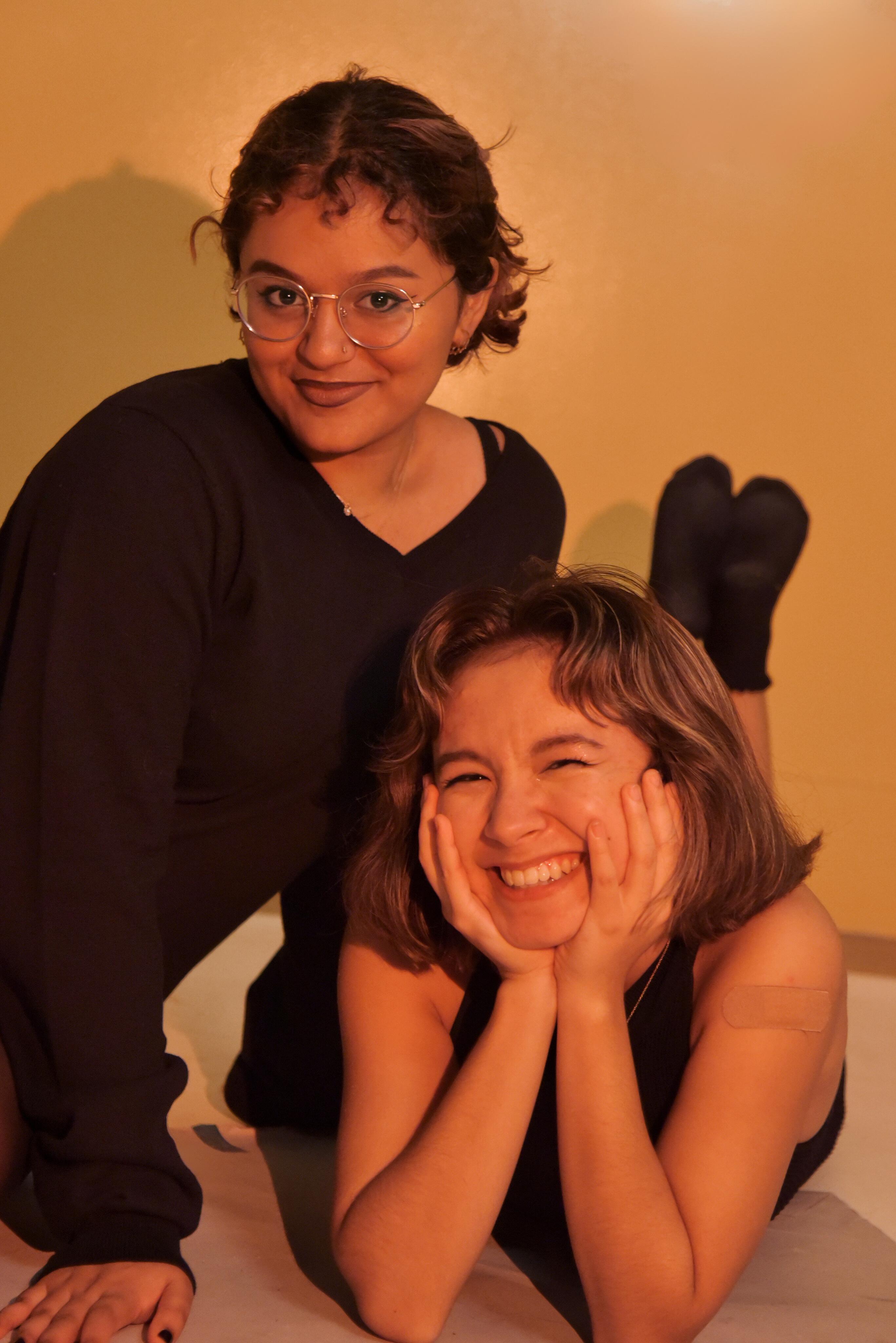

Yoyo is a practicing tattoo artist currently based in New York City. Yoyo began tattooing as a sophomore at Oberlin and became one of the main tattooers for students on campus. They have recently moved to New York to pursue tattooing full-time

How did you get started in tattooing?
Did you know about tattooing growing up?
Well, two musicians raised me, and I have been homeschooled my whole life with kind of stricter parents And they were strict But they were also pretty conservative about body modification and self-expression They wanted to support me and let me be myself, but they didn't know how to give me full autonomy of my body. Which I don't blame them for because I don't think it was malicious. It just wasn't a world that they came from, and it was never something they were interested in learning about or being more open-minded about So when I hit high school age, my parents obviously did not know about any of the stick and pokes I was giving or receiving Growing up, I thought my life track was to be a classical cellist because I started when I was three because my mom's a cello teacher, and she's Taiwanese. Growing up in more traditional Chinese family dynamics with expectations of me, my work ethic, my body, and how to be a person in this more traditional sense definitely didn't help But once I moved out of my parents' house, I was like free rein. I can do whatever I want. So, I started getting tattoos.
I wish I had a cool answer for that But many people always asked me that when I first started tattooing people out of my dorm. And I guess it is still kind of random, but my answer has always been that in high school, my friends and I would like to give each other stick and pokes all the time And I took it way too seriously But I started getting tattooed when I turned 18, and my first tattoo was at a walk-in tattoo shop in Massachusetts. And I did not have a great experience getting it. It was my first machine tattoo and the store wasn't a very comfortable space. And it's the only time I've gotten tattooed, and I have over 60 now, that I fainted because the artist wasn't asking me how I felt at all He was pushing boundaries and tattooed me so hard and so deep that its still all scarred So, after that, I started getting tattooed by people in home studios And the experience was just so much more comfortable and so much more fun. I think I just found the tattoo community. It was just a fun place to be, and I wanted to keep seeing how far I could take it

What made you wanna go to Oberlin in the first place?
Because of the conservatory and my upbringing, I was so ready to pursue music only. But then, during the college apps at the last minute, I decided that I didn't wanna do conservatory So, I scrapped all my auditions and just went the college route Oberlin was probably the best fit for me out of the schools that I got into Plus, they gave me financial aid, so I was like, Oberlin Rock on
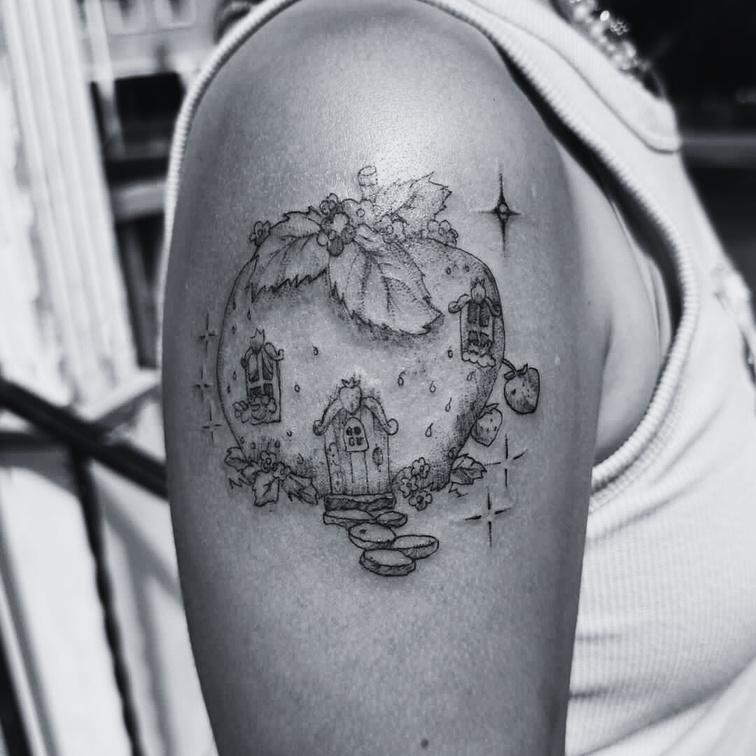
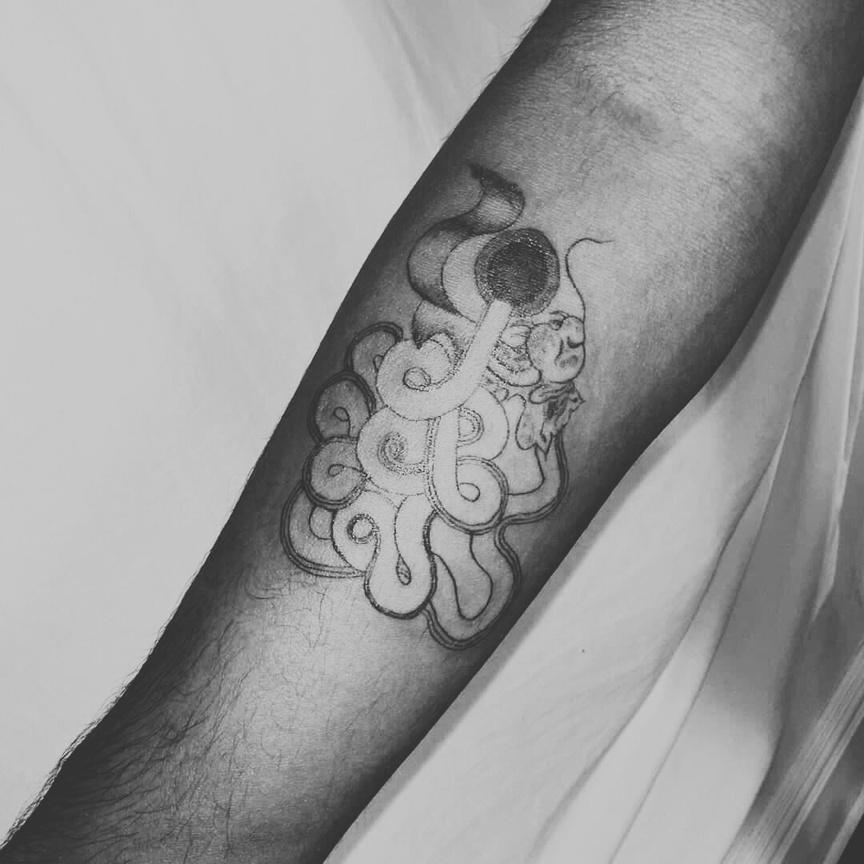
When did you start charging for tattoos in Oberlin?
It started at Oberlin, but I didn't go into it thinking I would charge money for this But I would give my friends stick and pokes and then their friends would want them And people would be like, you should charge for this So, the first tattoo I did for money was $7 It was terrible I went back and fixed it six months later when I got better But it was so bad. And then it just kind of snowballed. I also I learned because there is a little bit of a tattoo community here I mean, one of the biggest people who got me into tattoos was Danny Jiménez. She gave me some of my first arm stick and poke tattoos. I love her very much, and she showed me that I could also do it at college
What advice to give to those who are trying to get into tattooing?
Tattoo yourself, hella! You need to know how your tattoos feel on yourself before working on other people to make sure you give them the most pleasant tattoo experience you can give I think another really important thing is low-trauma tattooing or low-pain tattooing. And there are so many ways you can make your tattoo technique a pain-free experience for everyone involved A lot of the time, pain is unnecessary, and people don't realize there are so many things you can do to make it a much better sensory experience for whoever you are tattooing I also talk to people every time I get

You have create such a comfortable and diverse space for students to come and get tattooed Can you talk about what it means to cultivate that space?
DIY Tattooers, people who are self taught and instagram based, get lot of costumers who have had difficult tattoos experiences And learning from them has really taught me about cultivating good and safe tattoo spaces Often, someone will go to a tattoo place and won't feel super listened to Regardless of who you are, a lot of traditional shop culture is built off of hierarchical structures and breeds hybrid masculinity in a toxic way and, in turn, makes the space and culture intimidating. This culture risks not prioritizing consent in their practice the same way that a lot of DIY tattooers do because they're not really having those conversations with each other That's why I love working with the DIY community. One thing I love about my DIY community is that many of us are marginalized and prioritize having those conversations
tattooed I ask the person tattooing me what they're doing, what new techniques they're using, and even what kind of needles or machines I feel like I'm always gonna be a little tattoo nerd And there will always be so many things for you to learn because even when you think you know everything about tattooing, there will always be people who do something slightly differently that I can learn from. So tap into your community of fellow artists and ask many questions.
Is there a tattoo Community in New York?
Once I started my tattoo account, I started following a bunch of people and artists on Instagram that I really looked up to Many of them were based in New York, so I always knew that New York was somewhere I wanted to do a guest spot Yeah There areThere's a lot of communal tattoo art spaces that aren't profitbased Most of the time, they're just a shared workspace, and you can message them on Instagram or email them and say, "Hey, I'm Interested in coming to a guest spot at your studio " Then, they get back to you with a yes or a no So it's really straightforward But it helps to know that the more you go and meet people, the more clients you gain in a certain area I wouldn't have been able to do any of this if Oberlin students did not book tattoos with me. So it's still crazy that so many people here have trusted me with not just their first tattoo but their bodies and me putting something on it forever
Intersted in Yoyo Work?
Follow them at:


When they ran from the dogs and men–those gnashing teeth–you were bleeding out into the lake, illuminating the path and it washed them clean before it chilled them to the bone like a mother who doesn’t know her strength. Tonight, you seep through my window to divide the room between known and unknown like the river before freedom. I bathe in it, that ancient light, silver blood in our veins. yours and mine, iridescent hope.
Morgan Saunders





BIPOC Lenses is an Oberlin Student-run magazine that unites many different POC organizations under one publication to showcase the beauty, talent, and art thats students of color create on campus.
